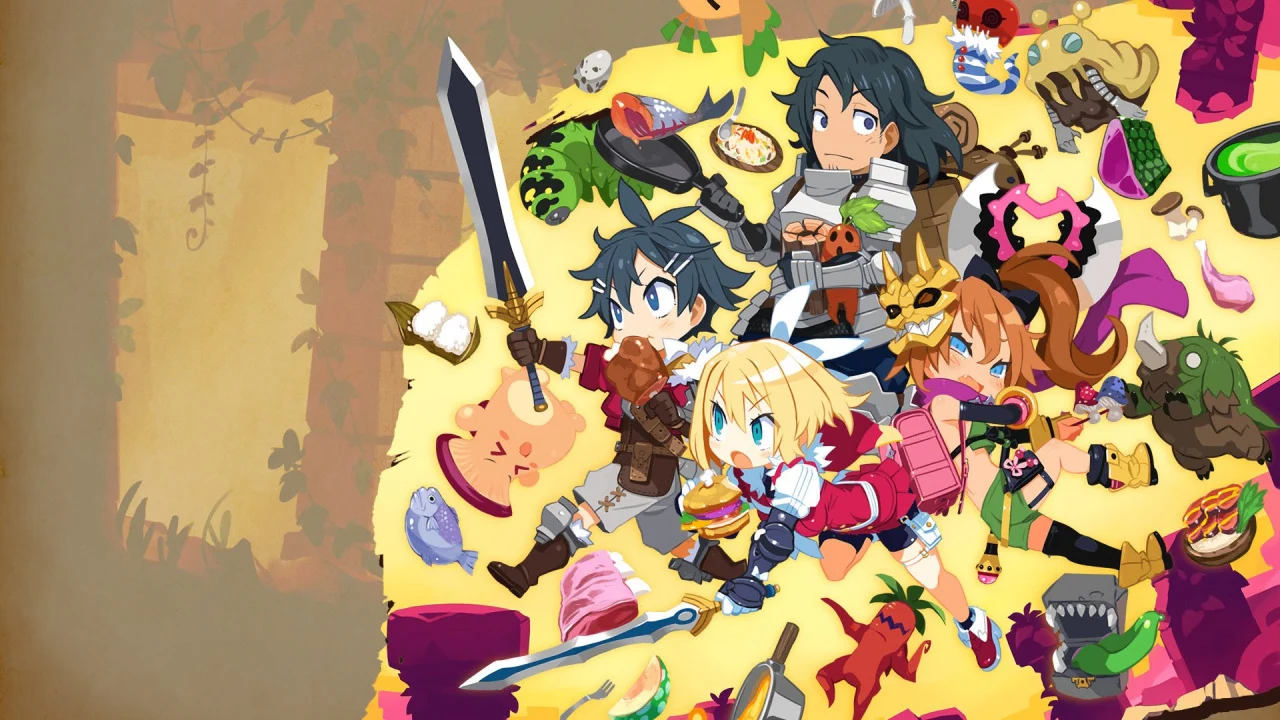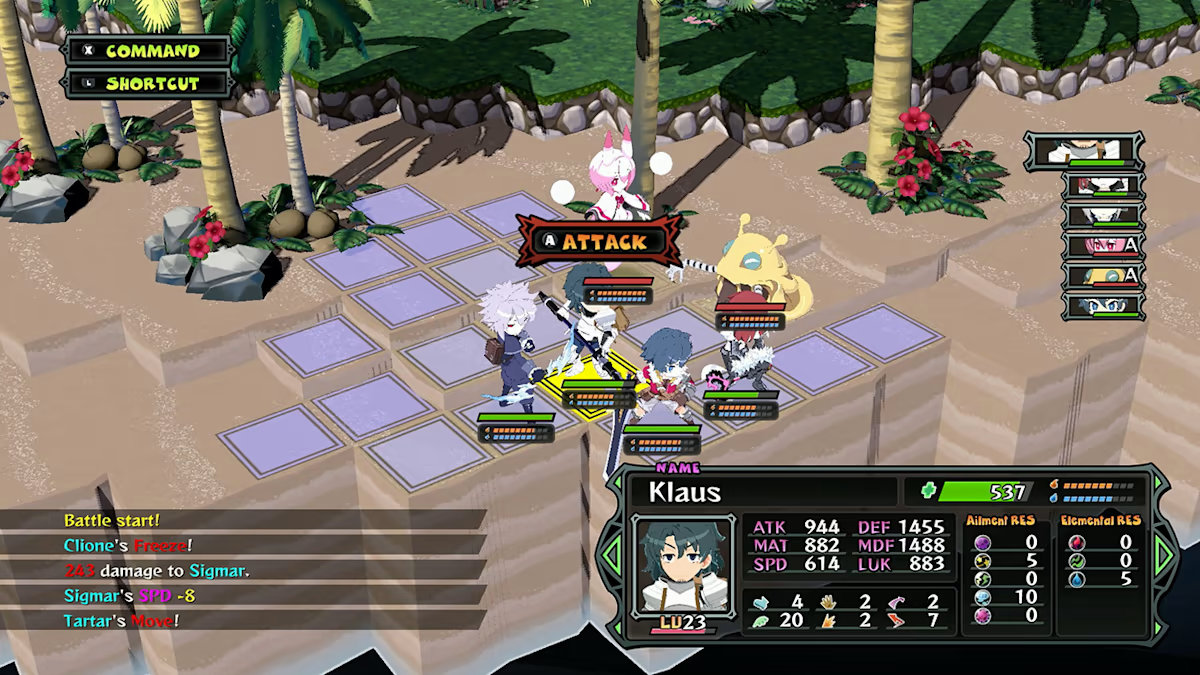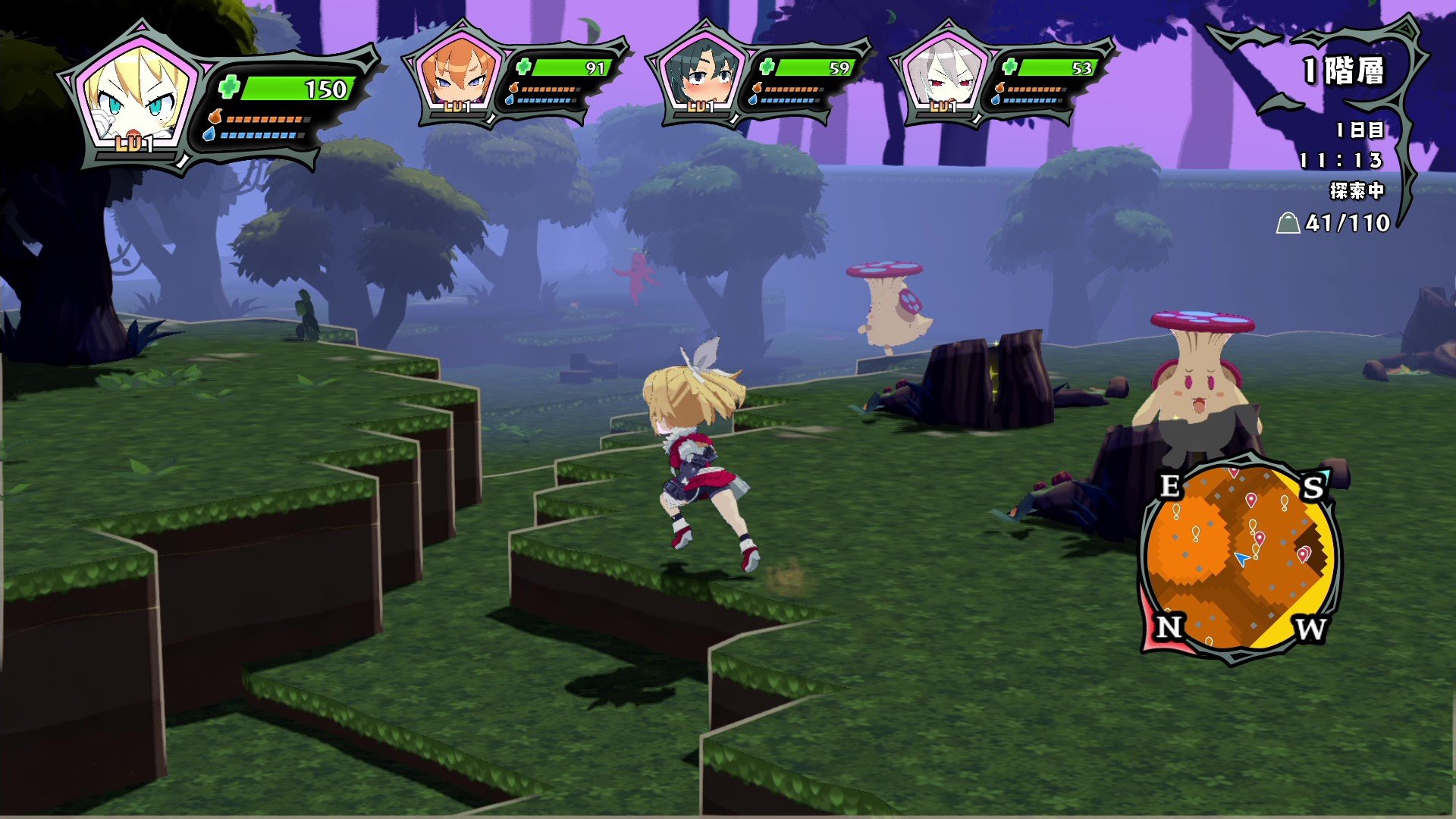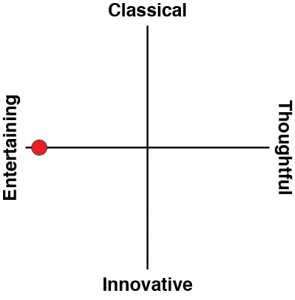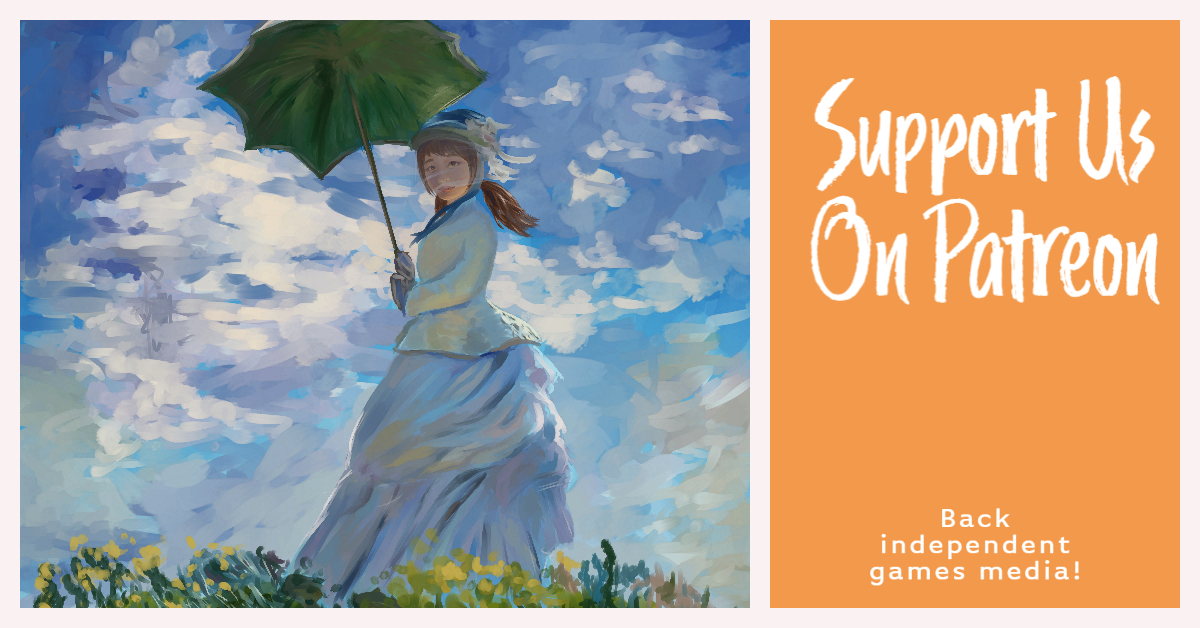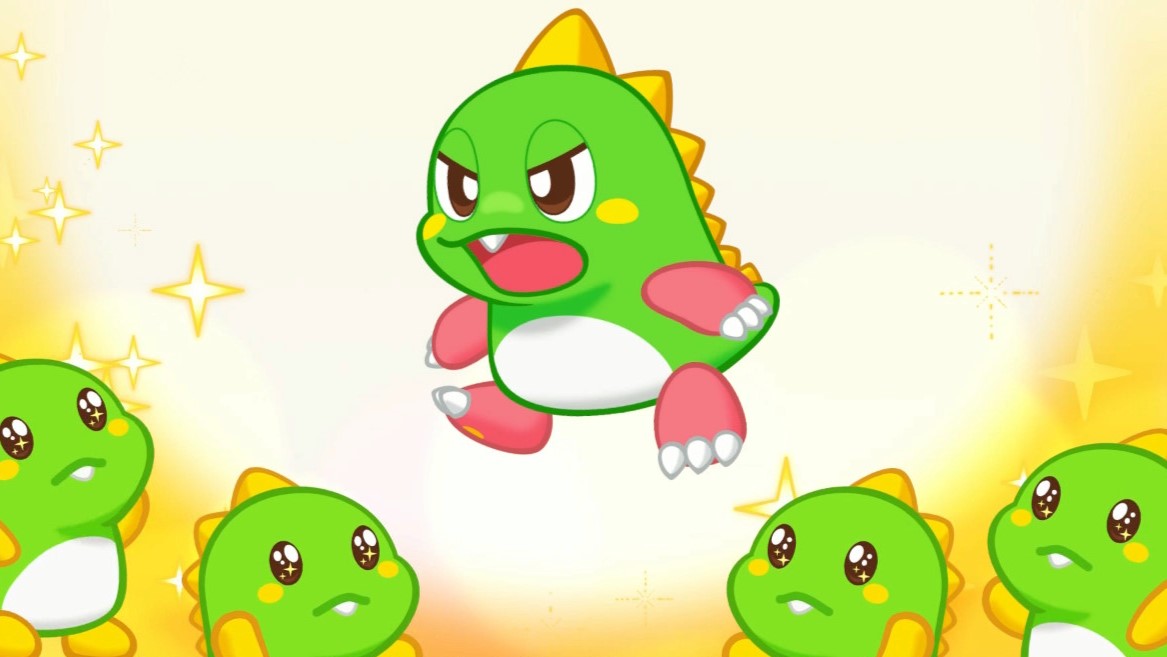Monster Menu: The Scavenger’s Cookbook could have been something special. The premise is really quite clever, but unfortunately, it ends up relying too heavily on the roguelike foundations for that premise to really take flight.
Survival is meant to be the core of the thing, and in theory, it reaches some pretty grim places. It starts off with an adventurer, nearly starving, coming across a rotting body. Faced with no other option, they eat the flesh, which (unsurprisingly) causes them to pass out. The next thing they know, they’ve woken up in some kind of purgatory, and have no idea what’s really going on. On the plus side, they now have several allies, and need to find a way to escape, even as hunger and thirst begin to set in again.
What people will do to survive primal terrors such as starvation is a fascinating subject for the arts. Films such as Alive, the true story of the Uruguayan Rugby Team’s need to turn to cannibalism after their plane crashed deep in the Andes mountains, and 127 hours, the also true story of a man that cut his own arm off to escape after being pinned by a boulder, give us a compelling, if uncomfortable, look into what humanity is capable of. We always walk out of those kinds of things wondering if we have it in ourselves to do that, if it came down to it. That opening scene of Monster Menu implies that we’d be getting a video game spin on that grim, but essential, bubble of thought based around such extreme experiences and the moral and ethical philosophy that stems from them.
Sadly that’s not to be, as the game settles into being a straightforward roguelike, with only disjointed notes and the occasional cut scene around a boss passing for a plot thereafter. Were it another roguelike, I wouldn’t have minded, as I have enjoyed the roguelike loop since the original Rogue and I’m always up for more. But the opening promised something much stronger. Survival is still on the menu (hah, excellent pun), as Monster Menu’s main distinguishing feature is that starvation is all-too-likely, but it doesn’t do enough with that theme as a narrative experience.
As you defeat monsters and forage around the plants you find in the world, you’ll collect a staggering inventory of ingredients that you can use between dungeon levels to cook up meals. These offer several benefits. Firstly, they restore health, hunger, and thirst meters, and your characters will quickly fade and die if you don’t feed them frequently. Secondly, the meals also provide stat boosts and, eventually, unlock skills and the like.
Many of these meals are really quite disgusting in both appearance and context (you are, after all, eating monster innards). The game also comes close to making a thematic point of this, as your characters will close their eyes and force themselves to swallow at meal times. It almost speaks to the survival theme, as they have no choice because they won’t come across wagyu on this journey. However, sadly it has no real impact. I will never forget the grotesque, powerful and provocative cut scenes of Pandora’s Tower, where a vegan girl was forced to chow down on raw, uncooked monster hearts in order to stave off a curse. That game was an evocative piece of art. Here, the concept’s similar, but ultimately it’s handled as a mechanic, rather than a theme.
There’s quite a lot of depth to this system, though, so as a mechanic it really works. It’s like what you’d find in an Atelier game, just purely food-related. Food has a short shelf life, so if you don’t cook it up quickly it’ll turn bad, and then rancid. You can still use it, but the quality of the dishes (and the morale boost your characters will have from consuming them) will take a dive in kind. Just be aware that it will also take a while to get the hang of it these systems, since Monster Menu seems to assume that its players are going to be roguelike veterans and don’t really need tutorials to teach themselves how to play.
To be clear: The game is difficult. Old school roguelike-difficult. Hell, there are times it’ll give Rogue itself a run for its money as an endeavour. Enemy difficult spikes are frequent, and it’s very easy for characters to starve. You can’t really grind either, as you’re going to be keenly aware that the food you’re carrying is rapidly degrading in nutritional value while you go hunting for enemies to fight.
In true roguelike style, you’re guaranteed to get wiped out over, and over again. Unlike modern roguelikes, what gets carried over is minimal. Your party and the bulk of their stats are all returned to level 1, though equipment and the occasional upgrade can be permanently kept from one run to the next. In this way, you’ll find yourself trying to make it just one more dungeon level down with each outing.
Roguelike veterans will love all of this enough. With most roguelikes being far too generous in an effort to appeal to a broader audience, it’s nice to have something that remembers the days when you’d crash into a den of horribly powerful monsters, be slaughtered, and have little recourse than to simply dust yourself off and start from scratch. I’m not going to pretend it’s for everyone, though. Thankfully, the game looks the part and I can’t imagine too many people picking this up not expecting a very niche experience within a niche genre.
As a (mostly) classical roguelike, Monster Menu is a good time. It’s well-balanced in its efforts to be excruciatingly difficult. It also has an entertaining loot and character development system. Most importantly of all, the core cooking mechanic is engaging. It will force you to approach everything from exploration to battle in a different way than most roguelikes. But I really can’t help but wish the developers made better use of the strong concept. Monster Menu really could have had a compelling, if nightmarish take on humanity’s sheer will for survival.
